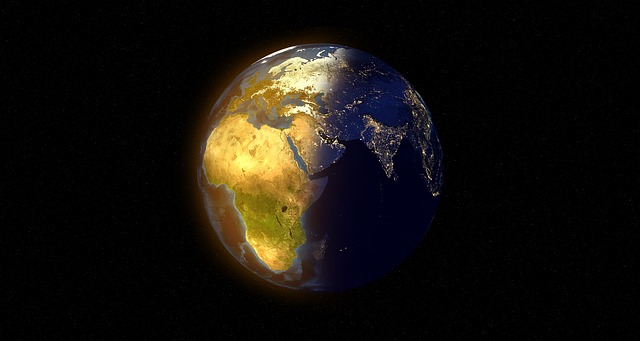Earth day is on 22nd of April. This year there is a focus on ending plastic pollution, which is becoming an increasingly worrying problem, with the Great Pacific Garbage Patch reaching a startling size of 700,000 square kilometres (two times the size of Germany).
What is Earth Day?
In 1969 when John MacConnell, implored the UNESCO conference to initiate a day in honour of our planet. Thus, the initiative started in 1970. The proposal was later agreed to and signed by the current secretary of the United Nations.
An example of environmental degradation
In Newfoundland Canada, the cod population was so abundant that you could get out of your boat and walk to the shore along their backs. This, unsurprisingly, caused a mass migration of fishermen into the area. In 1968, the production peaked and the industrial fishing boats caught 800,000 tonnes of cod in just one year. To put that into perspective, that is enough food (by weight) to feed a fully-grown blue whale for eight years.
Consequently, in 1992 the bounty had ended. A complete moratorium was placed on the cod population in 1993. Initially, it was meant to last for two years, but it has been extended indefinitely. Despite no fishing activity for over 25 years the populations have not recovered, and that species of cod still sits on the endangered species list.
Earth Day initiatives
Since its inception the Earth Day Network has amasses a large swathe of achievements. For example, the 2016 Paris Agreement which was signed by 195 UNFCC members. In essence, the agreement was for each country to come up with, and abide by a plan to reduce their global warming contribution. Last July France released a statement of their intent to abolish all petrol and diesel vehicles by 2040, in addition to their previous objective of ceasing coal powered production by 2022.
Similarly, Earth Day have planted hundreds of millions of trees since 2010, giving resources and incentive to local people to restore their forests. In 2009, they put on 1,100 events across numerous campuses encouraging students around the globe to reach out to their governments.
Despite this, when looking at the Paris Agreement, not one industrialized nation was adhering to their pledges. Current extrapolations predict at least a 3 degree rise in temperature as opposed to the agreed upon 2 degree. It is clear that more needs to be done.
Earth Day tries to involve the populace. And if we don’t do something soon, it will quickly turn into the largest scale tragedy we’ve seen.
Written by Sophie Z.




